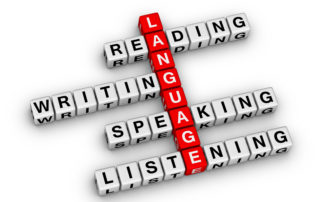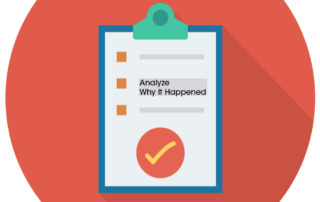How to Utilize the Correlations Between the Strands of Literacy to Support Integration, Conceptual Redundancy, and Mastery
Robert Crowe2023-09-12T20:54:55+00:00In this article you will learn…
- The standards clearly articulate a shared responsibility for literacy development and were designed with embedded correlations that support conceptual redundancy, reciprocity, and integration.
- The reading and writing standards are correlated by skills between reading type and content area.
- The standards are designed with correlations that lead to integration of standards across literacy strands and content areas.





